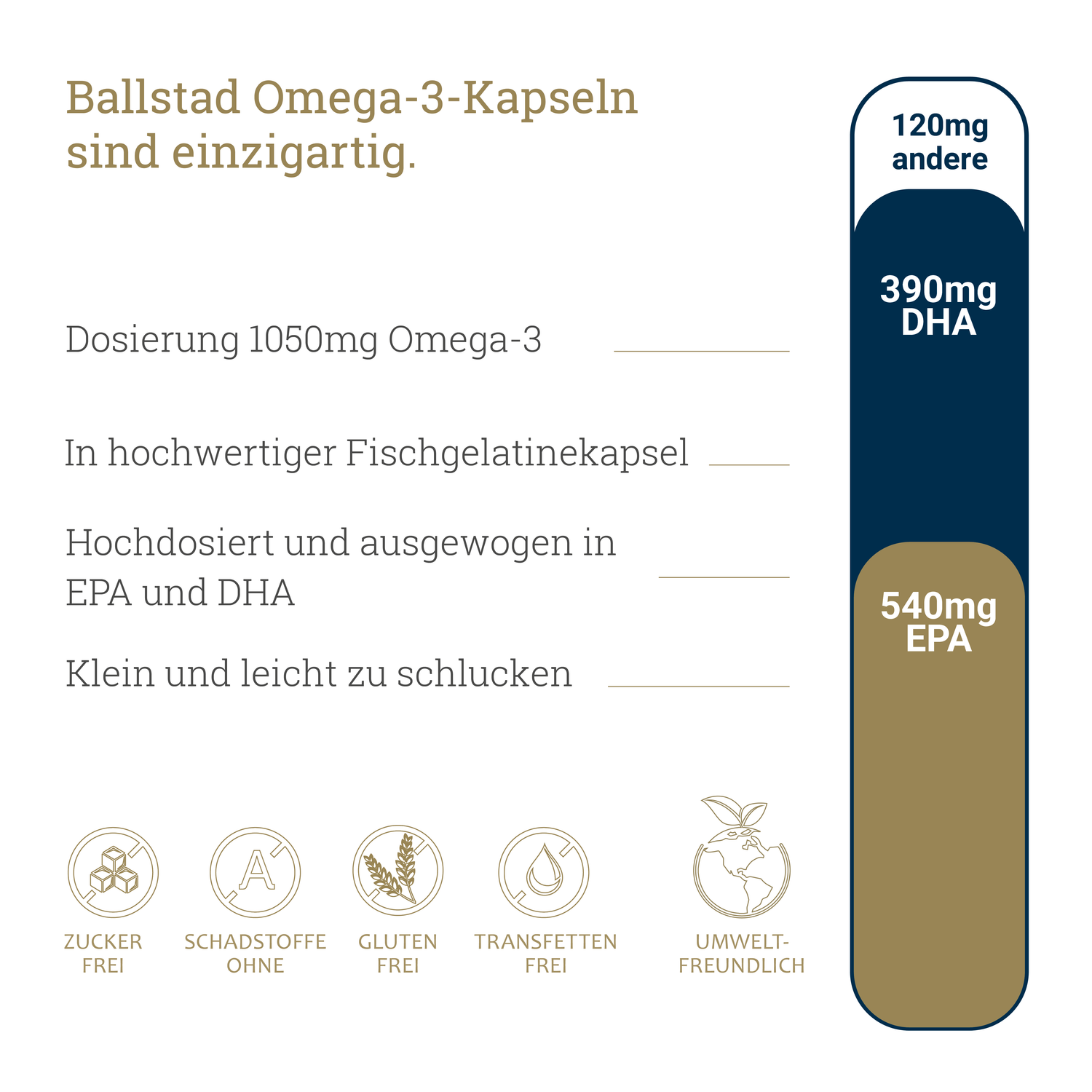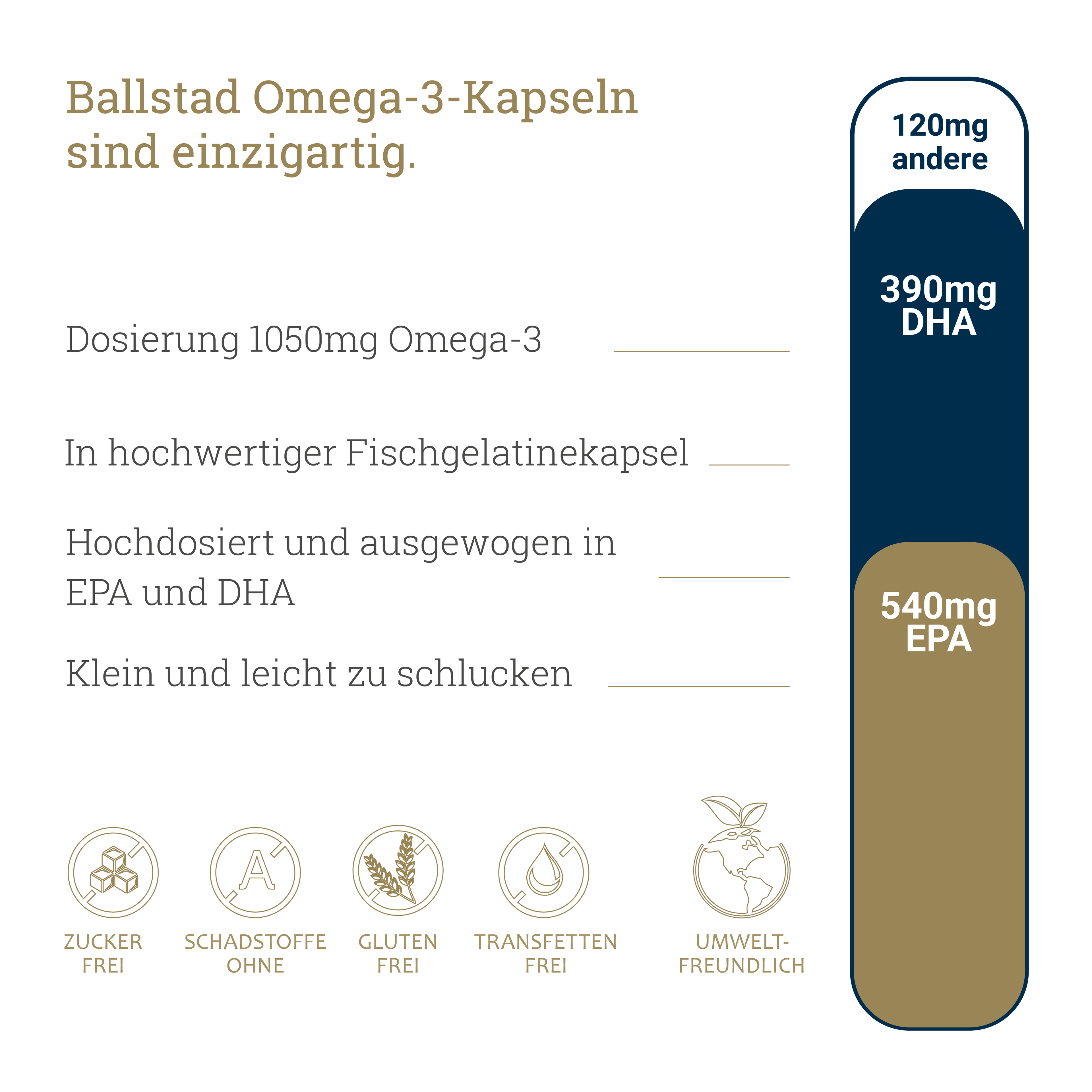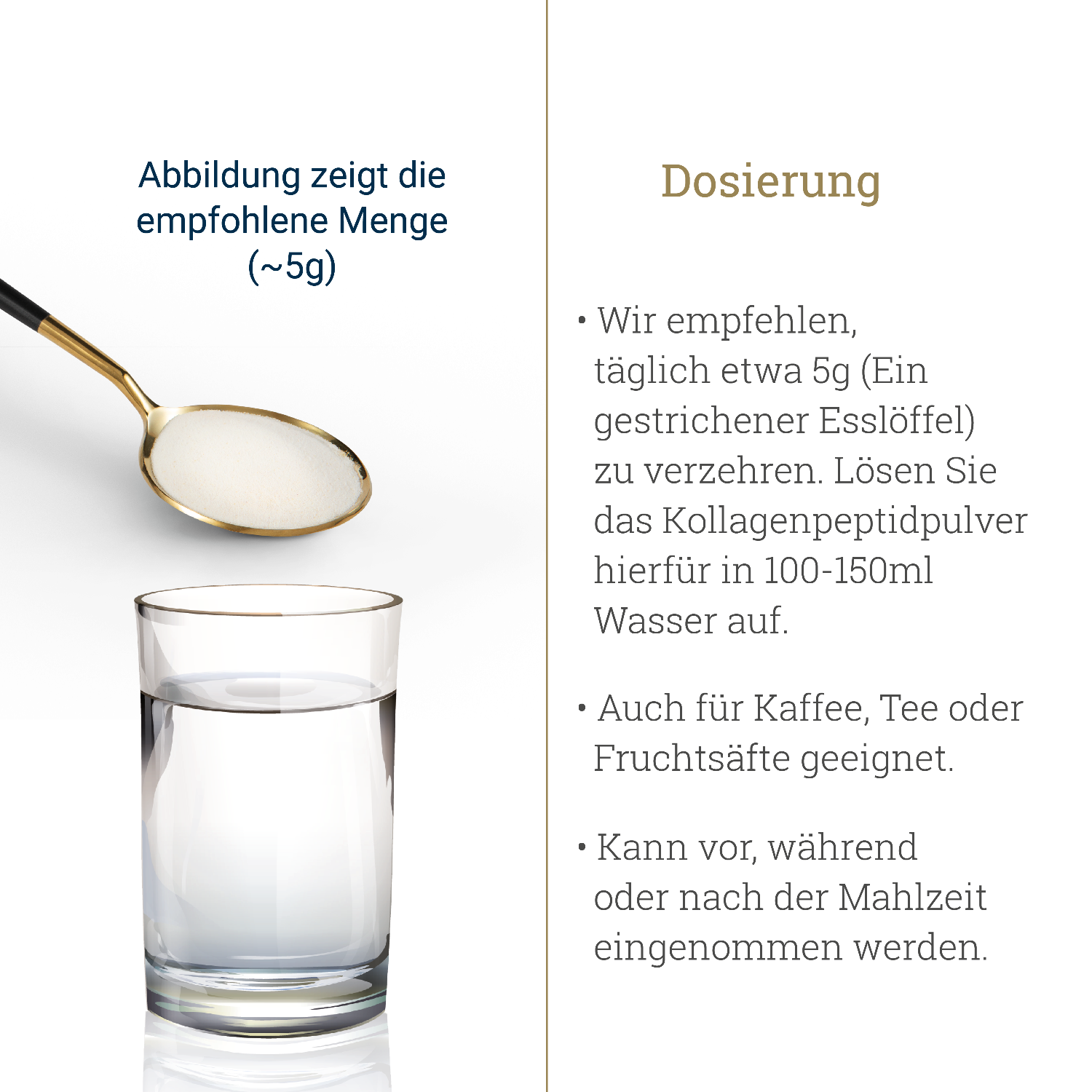Source: OmegaQuant
A look back at the beginning
Dr. Bill Harris, co-founder of OmegaQuant, has been researching the long-chain omega-3 fatty acids EPA and DHA for over 35 years. He has overseen the development of these substances from a traditional home remedy using cod liver oil to scientifically studied dietary components.
In the 1970s, researchers began studying the traditional diets of the Inuit in Greenland. Scientists Jørn Dyerberg and HO Bang documented their diet in relation to blood lipid profiles and found high concentrations of certain omega-3 fatty acids in the blood. This discovery was a turning point for research.
In 1978, a groundbreaking article appeared in the journal The Lancet titled "Eicosapentaenoic Acid and the Prevention of Thrombosis and Atherosclerosis?" The hypothesis was that eicosapentaenoic acid (EPA) could influence certain metabolic pathways in the blood. This opened the discussion about possible connections between diet, fatty acids, and vascular health—and a new focus emerged.
The 1980s: Scientific breakthrough
On May 9, 1985, the prestigious New England Journal of Medicine published three studies examining various aspects of omega-3 fatty acids—from epidemiology to clinical application. This day marked the widespread recognition of omega-3 fatty acids in medical research.
Another milestone followed with the DART study, published in The Lancet . It examined the influence of dietary changes on the risk of death after a heart attack. The results showed that regular consumption of oily fish was associated with lower overall mortality—a finding that has been discussed internationally.
GISSI-Prevenzione: A large study with many questions
In 1999, one of the largest studies on omega-3 fatty acids to date was published: the GISSI Prevention Study. Over 11,000 people who had suffered a heart attack participated. The study focused on the use of omega-3 supplements—not on dietary changes. The results were widely received but also raised numerous follow-up questions regarding their interpretation.
Three years later, data showed that observed effects occurred after just three months. Some researchers suggested this could be due to electrophysiological processes.
New paths: The Omega-3 Index is created
During the same period, Dr. Harris and the German cardiologist Dr. Clemens von Schacky developed a new measurement method: the Omega-3 Index. This blood value describes the proportion of EPA and DHA in red blood cells. It was later proposed in the journal Preventive Medicine as a possible risk marker for cardiovascular health – without any therapeutic claims.
With the introduction of the test by a diagnostic laboratory in 2011, a new tool for individual omega-3 fatty acid intake was created.
A decade of controversy
Numerous studies were conducted between 2010 and 2018, but many of them—such as OMEGA, ORIGIN, VITAL, and ASCEND—did not produce clearly positive results. Press coverage was predominantly critical. However, the debate surrounding omega-3 fatty acids remained lively, as other research areas continued to show interest in these nutrients.
An additional setback was the SELECT study (2013), which suggested a possible link between omega-3 and prostate cancer – a hypothesis that has since been scientifically refuted but shook public confidence.
The comeback: REDUCE-IT and the question of the dose
In 2018, the REDUCE-IT study was presented. It used a high-dose form of pure EPA fatty acid (4 grams daily). The results indicated a statistically significant effect on certain endpoints. This sparked renewed interest—particularly in high-dose, purified omega-3 products, although their legal status is highly regulated.
The STRENGTH study followed in 2020, which examined similar amounts of EPA and DHA. The results fell short of expectations—further evidence of how complex the effects of omega-3 fatty acids can be.
Conclusion
The history of omega-3 research is rich in ups and downs. From traditional diets to preclinical discoveries to large-scale clinical trials, it's clear that omega-3 fatty acids are a widely researched topic. It should be noted, however, that not every study leads to clear conclusions—especially when it comes to health effects, which can only be communicated to a very limited extent in Germany.
The discussion continues – scientifically, legally and socially.
























































